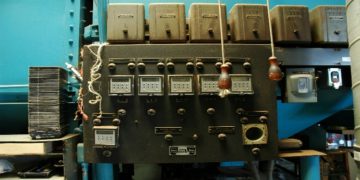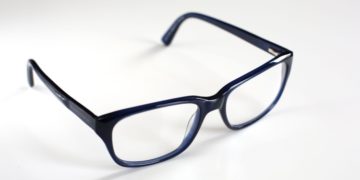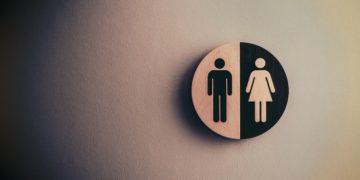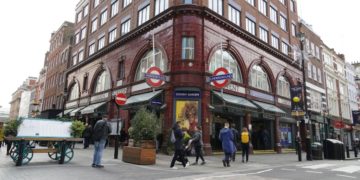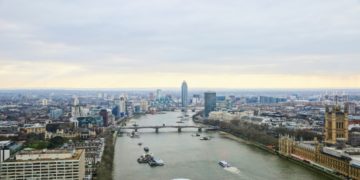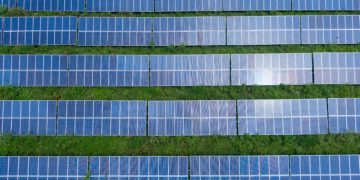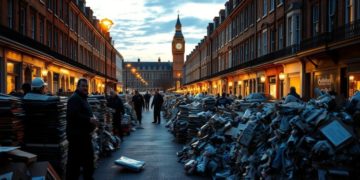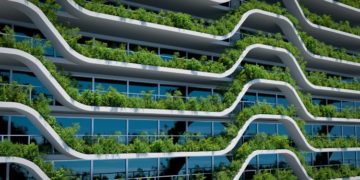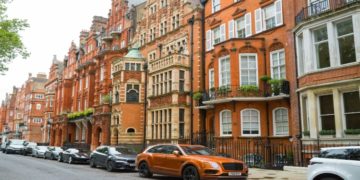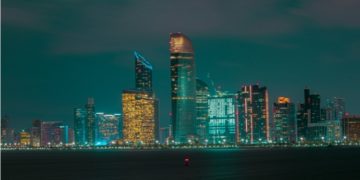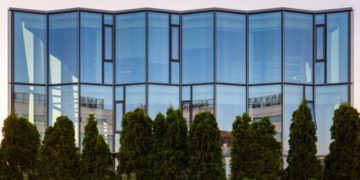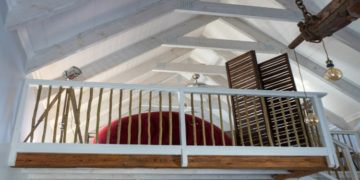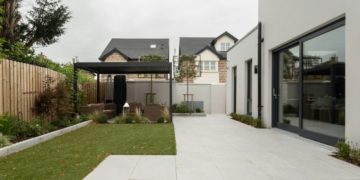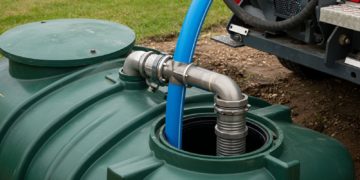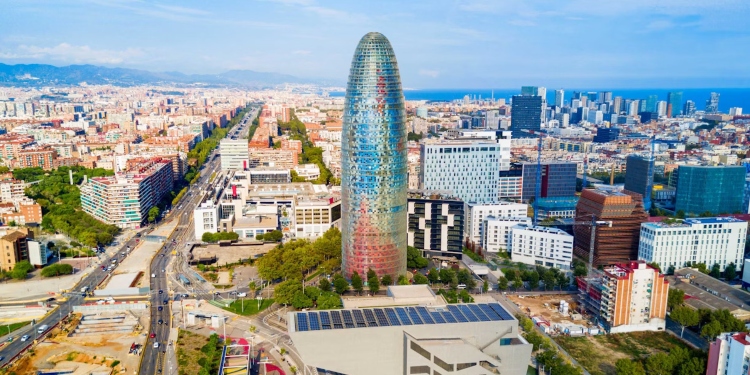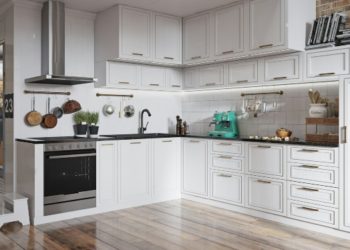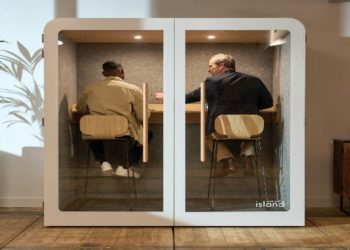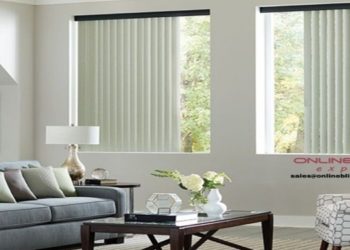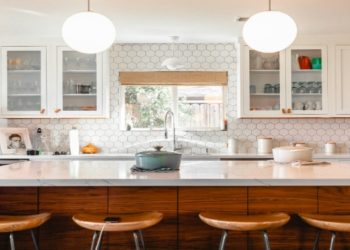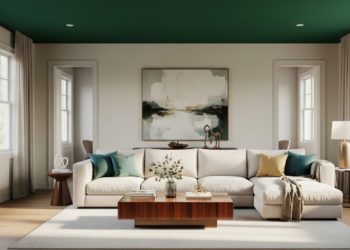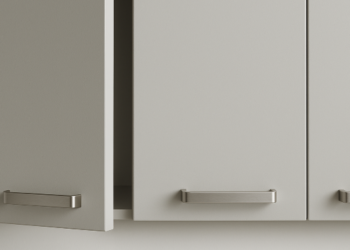Lighting has come a long way. First, we had fire—warm but not exactly safe. Gas lamps were next, offering elegance with a side of explosion risk. Then came incandescent bulbs, which lit up rooms while doubling as tiny space heaters.
Fluorescents and CFLs tried to be better. But although they lasted longer, they still flickered, buzzed, and made everything look slightly haunted. Not ideal.
Then LEDs arrived and sparked the lighting revolution—bright, efficient, and long-lasting. No flickering, no wasted energy, no regrets.
The Science Behind LED Technology
Frankly, old-school bulbs were bad at their jobs. Incandescents wasted energy as heat, while fluorescents flickered, hummed, and contained mercury (because who doesn’t love toxic lighting?).
Compared to those, LEDs are the smart choice. Using semiconductors to produce instant, efficient light, they don’t flicker, emit heat, and present no environmental hazards. Plus, they come in various colours so that you can ditch the weird, tinted lampshades.
Best of all, LEDs last up to 50,000 hours and use 90% less energy. That means lower bills, less waste, and no lighting drama. Now that’s a bulb that makes sense!
LEDs and Design Innovation
LEDs make architectural lighting more dynamic, interactive, and sustainable. The right products (such as those from Simple Lighting) won’t just illuminate your spaces; they’ll redefine how you interact with your environment.
A great example is the Torre Glòries in Barcelona, which decided that plain old office lighting just wasn’t dramatic enough. With over 4,000 LED lights, this architectural gem puts on a colourful, ever-changing light show that makes the city’s skyline look like it belongs in a futuristic movie. It’s basically Barcelona’s way of making sure no other building steals the spotlight.
LEDs also transformed the Grand Place in Brussels into something straight out of a fairy tale. An enormous, inverted dome of lights hovered over the space, making it feel like an open-air ballroom—minus the chandeliers and questionable dance moves. Visitors didn’t just walk through; they became part of the spectacle, soaking in the glow and seeing the city in a new light.
Sustainability at the Forefront
LEDs have become the poster child for eco-friendly, modern lighting design, making traditional bulbs look like energy-guzzling relics. Take the L-Prize competition, for example. Run by the US Department of Energy, it challenged manufacturers to create ultra-efficient LED replacements. The winner was a 10-watt LED that’s as bright as a 60-watt incandescent light but uses 83% less energy. That means lower bills, fewer carbon emissions, and a longer-lasting bulb.
Certain towns are also making the switch. Villanúa, Spain, swapped out 1,000 outdated streetlights for LEDs, slashing energy use by 70% and reducing light pollution. The town now saves money while looking stunning at night—because sustainability should be stylish, too.
Modern Applications in Contemporary Structures
LEDs have taken contemporary lighting solutions from “just functional” to “absolutely essential” in modern architecture. They’re not just about brightness—they shape how spaces feel, function, and even respond to their environment. Here’s how LEDs are making buildings smarter, sleeker, and undeniably cooler:
Buildings That Put on a Show
Why settle for dull exteriors when your building can glow, change colours, and sync with events? Dynamic façade lighting, like that seen on prominent skyscrapers, turns architecture into a spectacle. Whether it’s a corporate HQ or a football stadium, LEDs ensure no one misses the message—or the light show.
Lighting That Knows What You Need
Offices, hotels, and homes now use LEDs that adjust brightness and colour temperature to match the time of day. Need crisp white light to focus? Done. Warm, cosy tones for the evening? Easy. Some even mimic natural daylight.
Smarter Than Your Average Lightbulb
LEDs now integrate with IoT systems, allowing you to control them remotely, set schedules, and let motion sensors do all the work. No more yelling, “Did someone leave the lights on?”—your LEDs are way ahead of you.
Cities That Glow Responsibly
Streetlights are getting a glow-up, with LEDs replacing outdated fixtures to improve visibility, lower energy costs, and reduce light pollution. Less waste, better lighting—finally, a city upgrade that makes sense.
The Eco-Friendly MVP
LEDs are the golden child of sustainable design, using less energy, lasting longer, and keeping maintenance costs low. Bonus: they don’t contain mercury, so they won’t haunt the planet long after they’re gone.
Future of LED Lighting
Just when you thought LEDs couldn’t get any better, they’re gearing up for an even brighter future (pun absolutely intended). From smarter tech to mind-blowing efficiency, here’s what’s next for LED lighting:
OLEDs
Organic LEDs (OLEDs) are the next evolution, offering ultra-thin, flexible panels that can bend, curve, and even be embedded in clothing. Imagine your walls glowing instead of needing light fixtures. Who needs lamps when your wallpaper can light up?
Micro-LEDs
Smaller than ever, micro-LEDs pack insane brightness and efficiency into miniature chips. They’re already making their way into high-end TVs and displays. Soon, they’ll be everywhere, offering ultra-clear, sustainable lighting that makes regular LEDs look a little… outdated.
Lights That Think for Themselves
LEDs are getting even smarter, integrating with IoT systems to automate brightness, colour, and power use. Expect motion-sensing, voice-controlled, and even AI-powered lighting that adjusts itself based on your mood.
Bioluminescent Lighting
Scientists are experimenting with LEDs that mimic natural bioluminescence, taking inspiration from fireflies and deep-sea creatures. The goal? Energy-efficient, soft-glowing light sources that blend seamlessly with the environment. Finally, mood lighting without an electricity bill.
Solar-Powered LEDs
With better solar tech, LEDs are becoming even more independent. Future models will store energy during the day and glow all night—perfect for cities, homes, and places with unreliable power grids. The sun will do the heavy lifting; we’re just reaping the benefits.
Light Smarter, Not Harder
LEDs are brighter, smarter, and won’t burn out every few months (looking at you, incandescent). Whether you need sleek home lighting or a high-tech office glow-up, they’re the obvious choice—less energy, more style, no drama.
Ready to ditch your outdated bulbs and go LED? Simple Lighting has everything from innovative lighting to ultra-modern designs. Because energy-efficient lighting shouldn’t just be bright—it should be brilliant.
David Prior
David Prior is the editor of Today News, responsible for the overall editorial strategy. He is an NCTJ-qualified journalist with over 20 years’ experience, and is also editor of the award-winning hyperlocal news title Altrincham Today. His LinkedIn profile is here.






